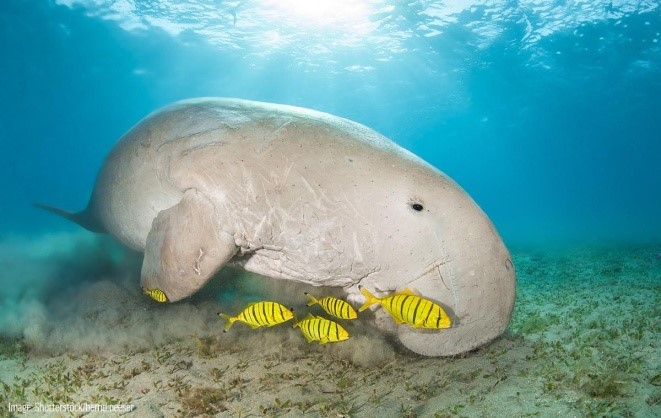Free Courses Sale ends Soon, Get It Now


Free Courses Sale ends Soon, Get It Now



Disclaimer: Copyright infringement not intended.
Context:
Dugong Conservation Reserve
Dugong: The sea cow
Causes of extinction
How the population can thrive?
https://newsonair.com/2021/09/09/first-dugong-conservation-reserve-to-be-built-in-india/
© 2024 iasgyan. All right reserved